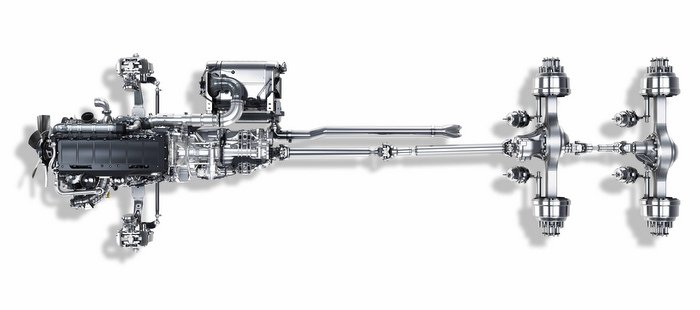AB4EJ
Member
In reading thru this thread, it seems like everyone is assuming/convinced that the Tesla Semi has to be a long-haul truck. I'm not so sure that this is really the sweet spot for an electric truck - you have to have battery swapping to make it practical. There is another type of semi application that may work better, at least at this time: the "milk run." These are semi-trucks that carry freight around a relatively short route. Think about Just-in-time and just-in-sequence manufacturing: the supplier plants are clustered around (usu. within 25 miles) of the assembly plant, and trucks take regular routes delivering parts, and taking back racks and returnable containers. The trucks spend quite a bit of time parked at one plant or another (being loaded/unloaded), and could be conveniently plugged in to a high-power (i.e., 300 kwh or whatever) while docked, without detracting from anyone's productivity. Included in this could be the trucks that deliver grocery items to supermarkets, soft drinks and beer, etc., from local distribution warehouses to retail locations. If this is targeted as the application for the Tesla Semi, it has a lot of advantages:
Just my 2 cents.
- it puts the electric capacity where there is currently the most need to reduce air pollution (within cities)
- no need for a battery swapping infrastructure
- it makes dual use of the time trucks spend loading and unloading
- speeds are generally lower in cities, reducing energy loss due to drag - this increases range
Just my 2 cents.





